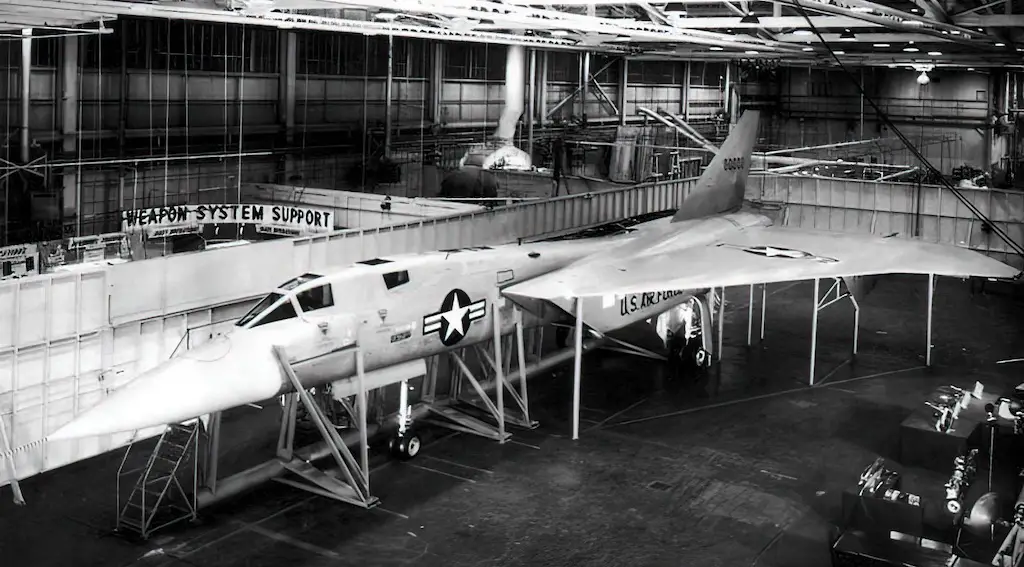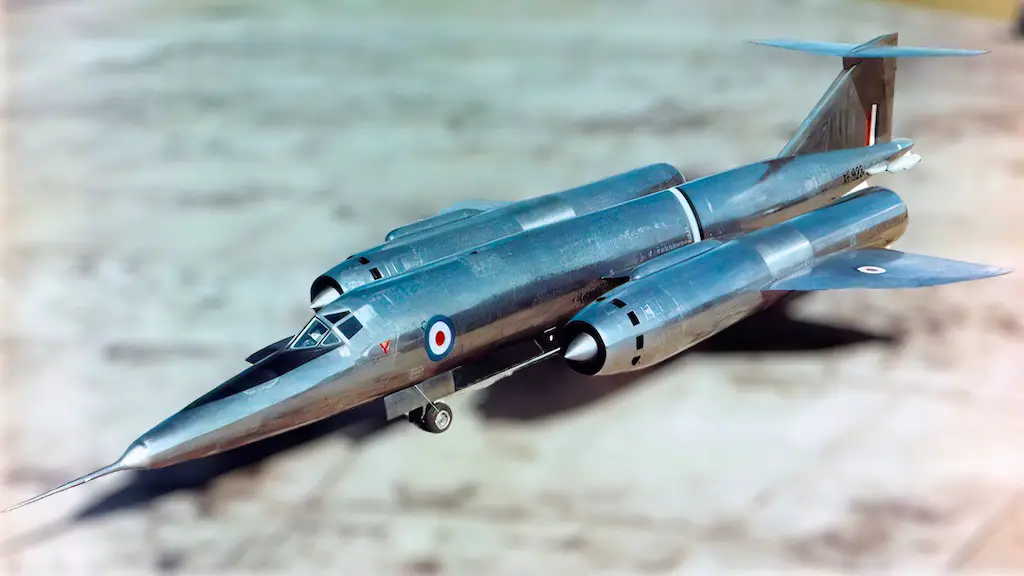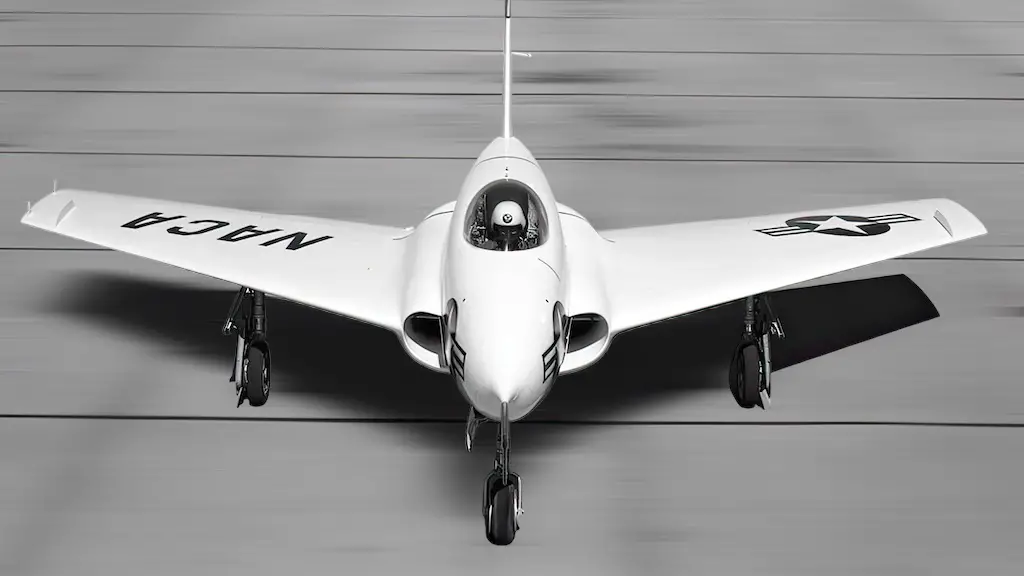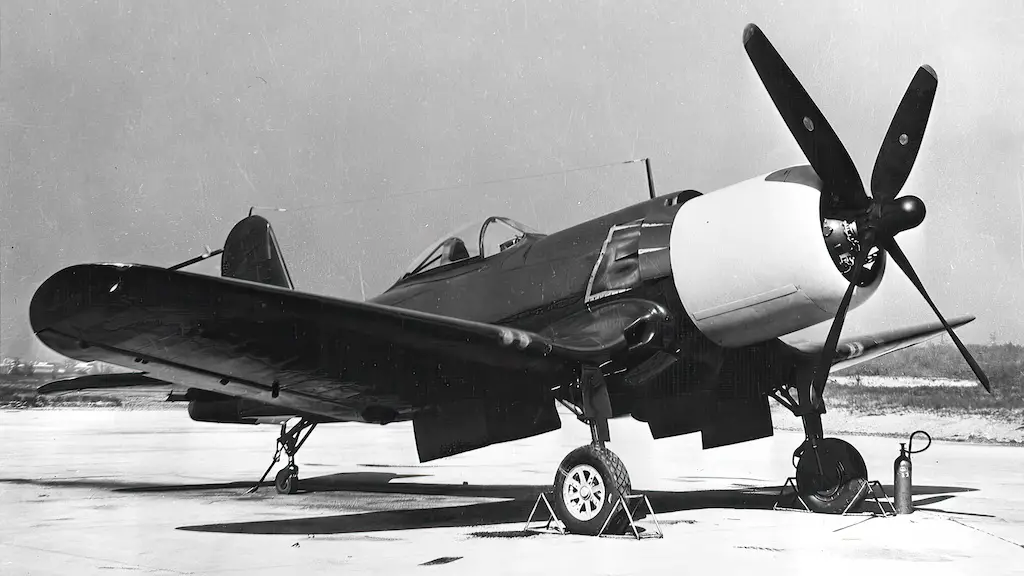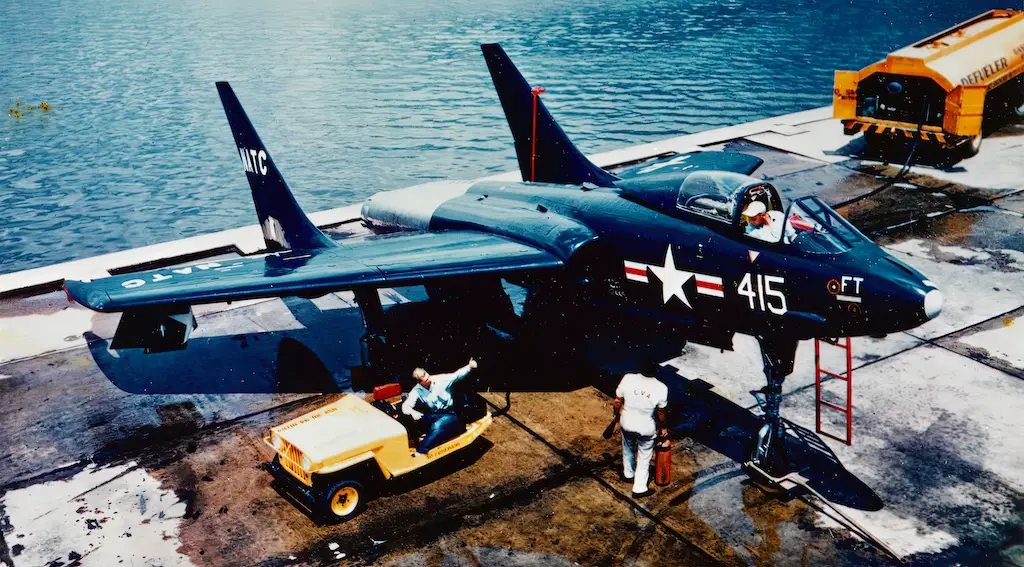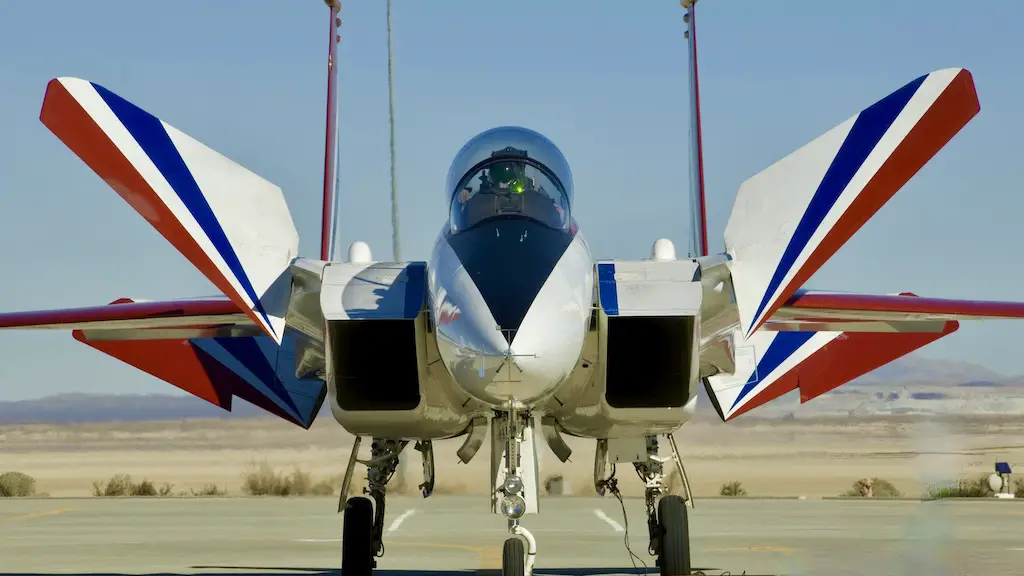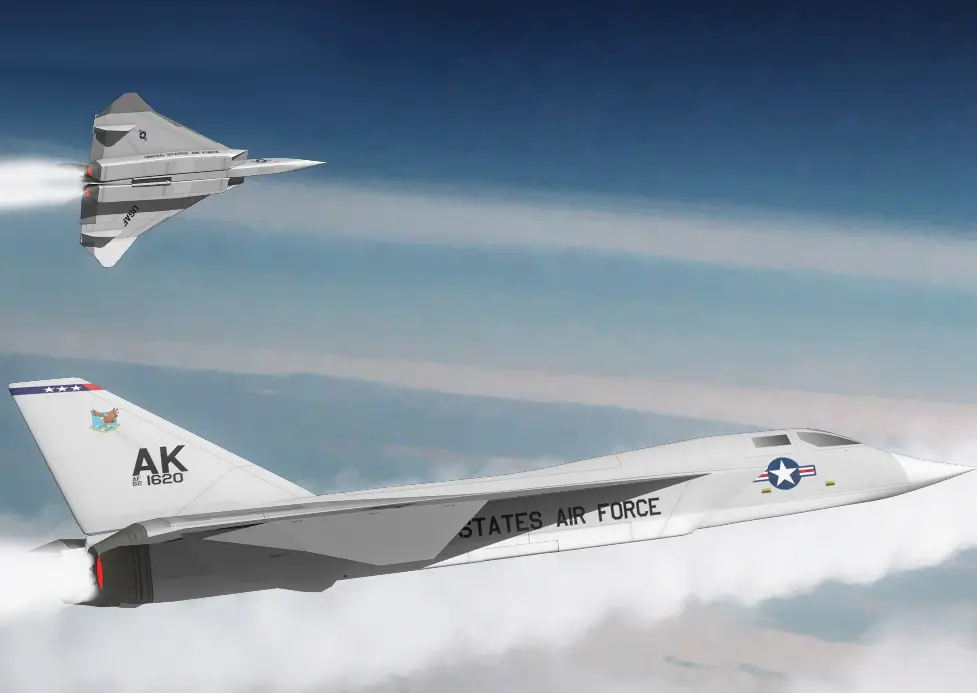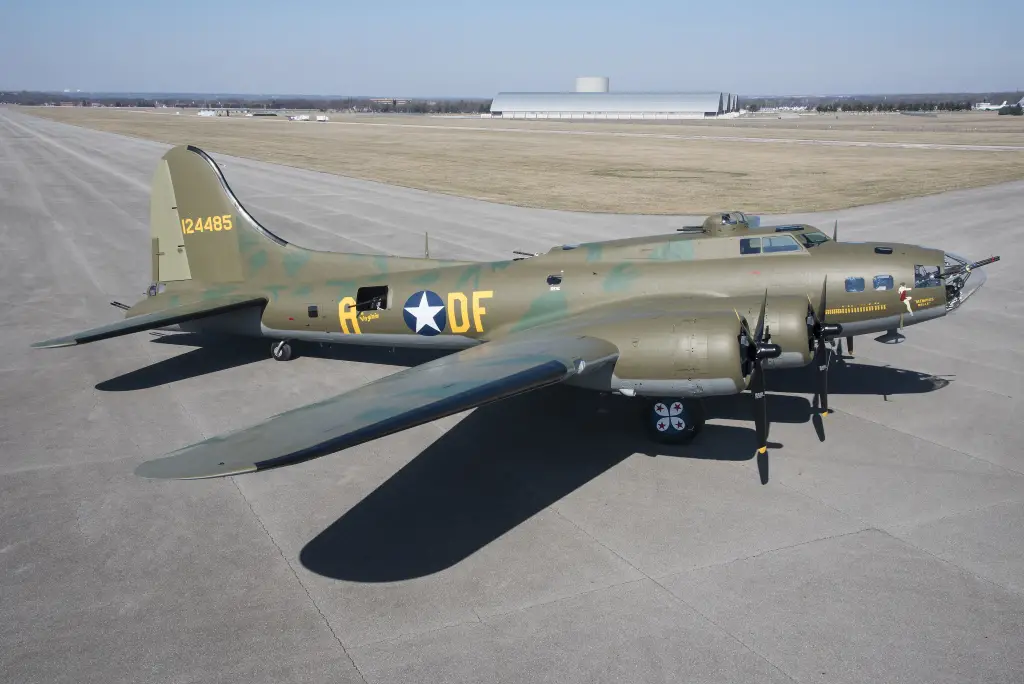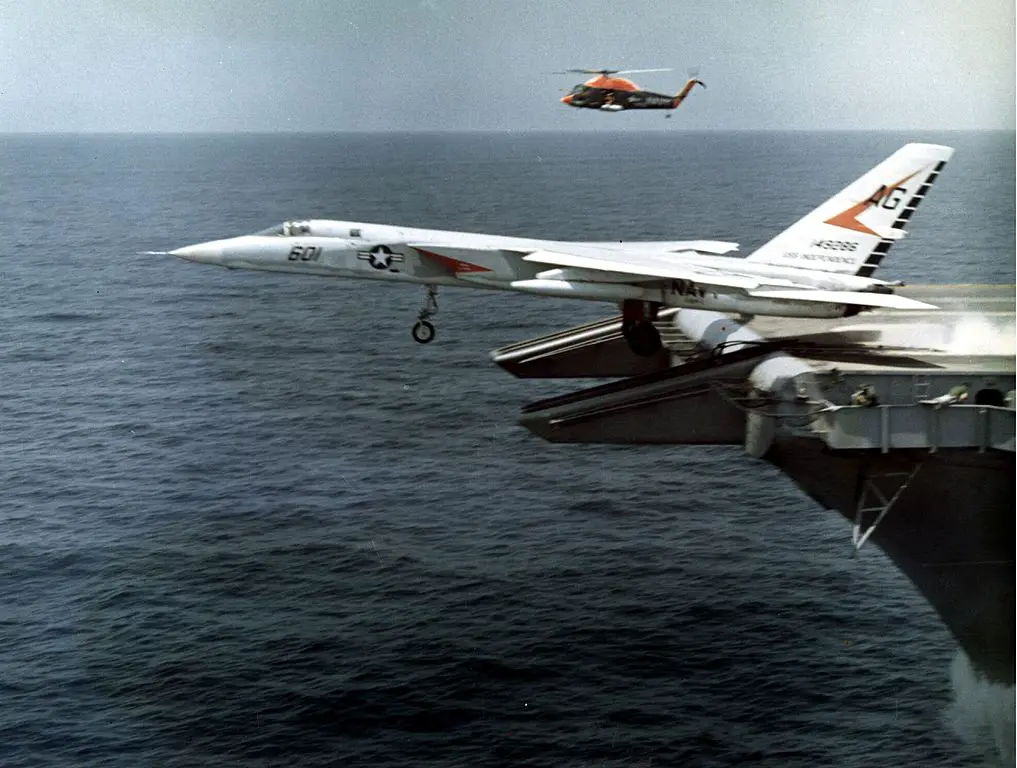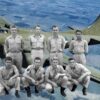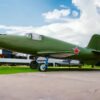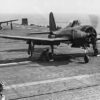By the 1950s, the jet engine had virtually revolutionised the aircraft industry overnight once engineers uncovered its full potential. This Cold War era is considered by many to be the golden age of aircraft design, as it seemed no idea was too outlandish or beyond practicality. During this time, the US bore no shortage of experimental aircraft capitalising on this new technology. However, one of the more extreme aircraft to be proposed during this period was the XF-108 Rapier.
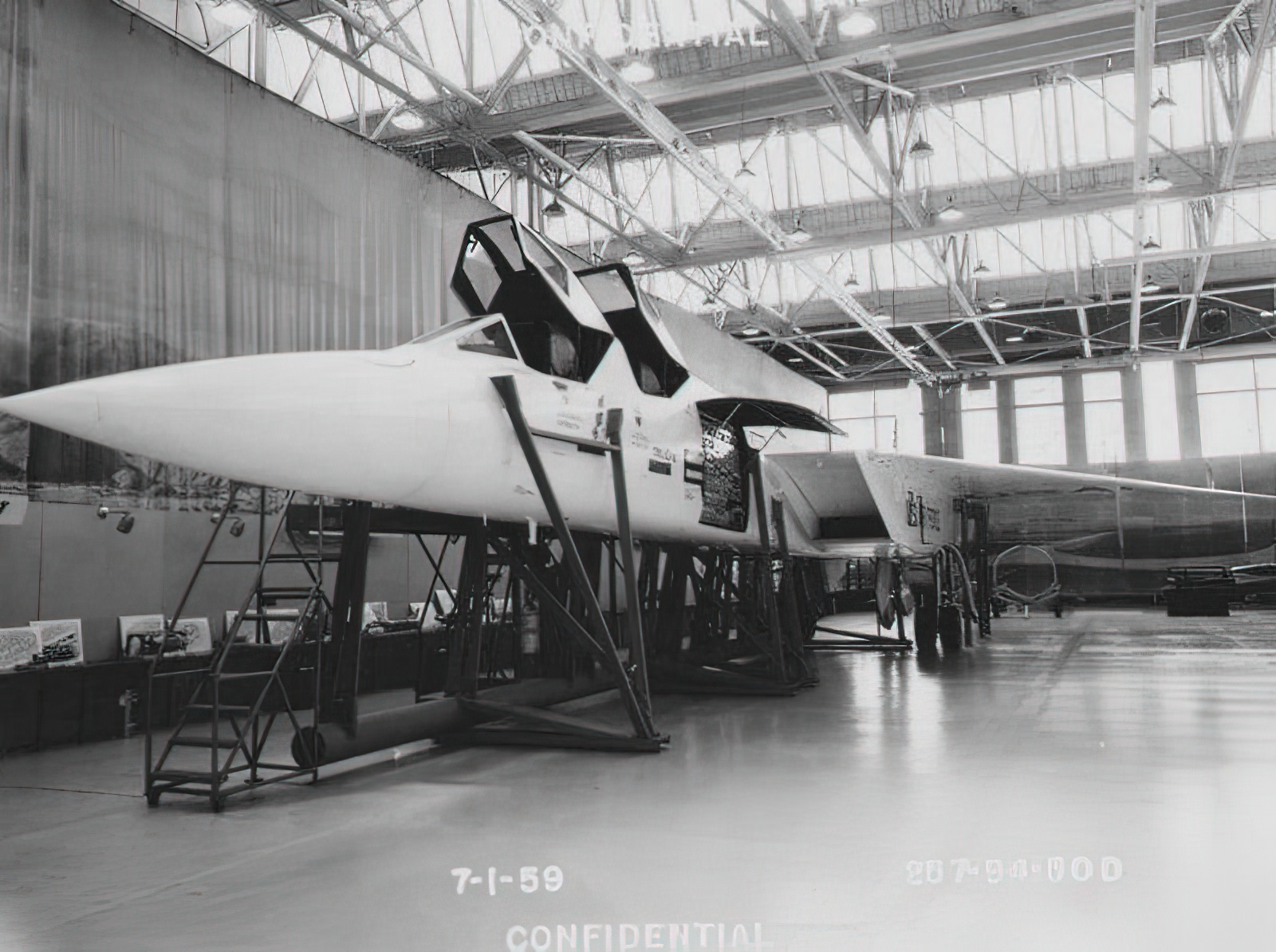
Supersonic Interceptor
Designed by North American, the XF-108 concept was born out of the need to protect the United States against the threat of approaching Soviet nuclear bombers should a war between the major superpowers ever break out. As an interceptor, the XF-108 was primarily designed for range and supersonic speeds, so it could ambush and shoot down Soviet bombers long before they reached US airspace.
However, designers were met with engineering challenges that were simply too much to overcome with the technology available to them. Thus, the entire thing was scrapped. Despite this, North American planned to use the General Electric YJ93 engine on the Rapier to reduce production and development costs.
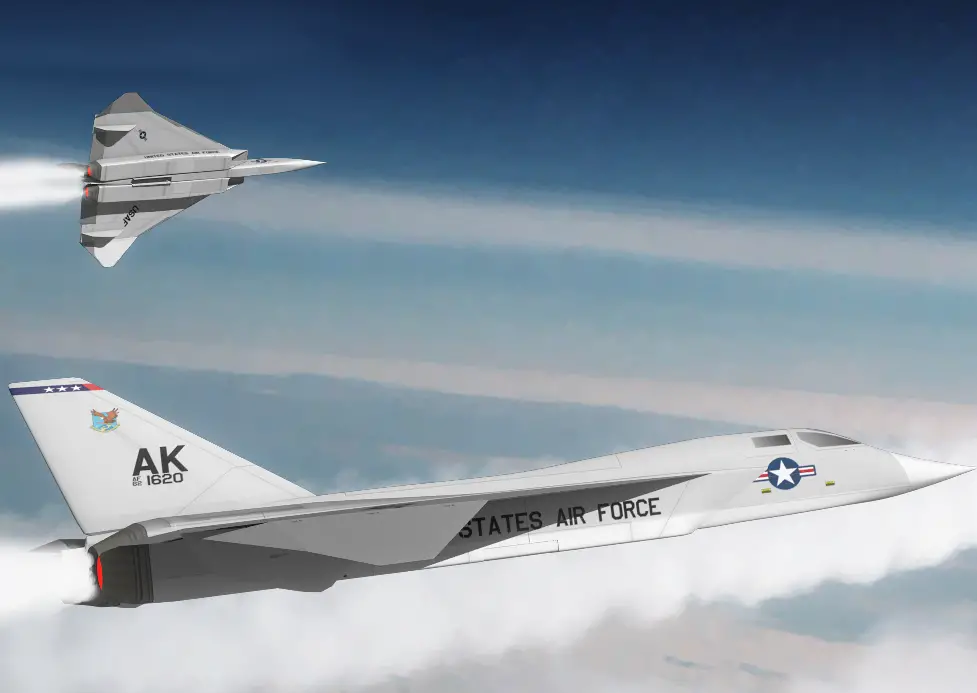
Specifications
The XF-108 was powered by two of the aforementioned General Electric YJ93 engines that produced, with afterburners, 29,300 pounds of thrust each. Harbouring such power, the XF-108 was expected to reach a speed just shy of 2,000 mph (or Mach 3).
To detect approaching bombers, the XF-108 was equipped with the AN/ASG-18 prototype radar. This device had a range of up to 300 miles and could accurately detect bomber-sized targets at about 100 miles. Nevertheless, the drawback to the radar was its size, as it weighed nearly 2,200 pounds.
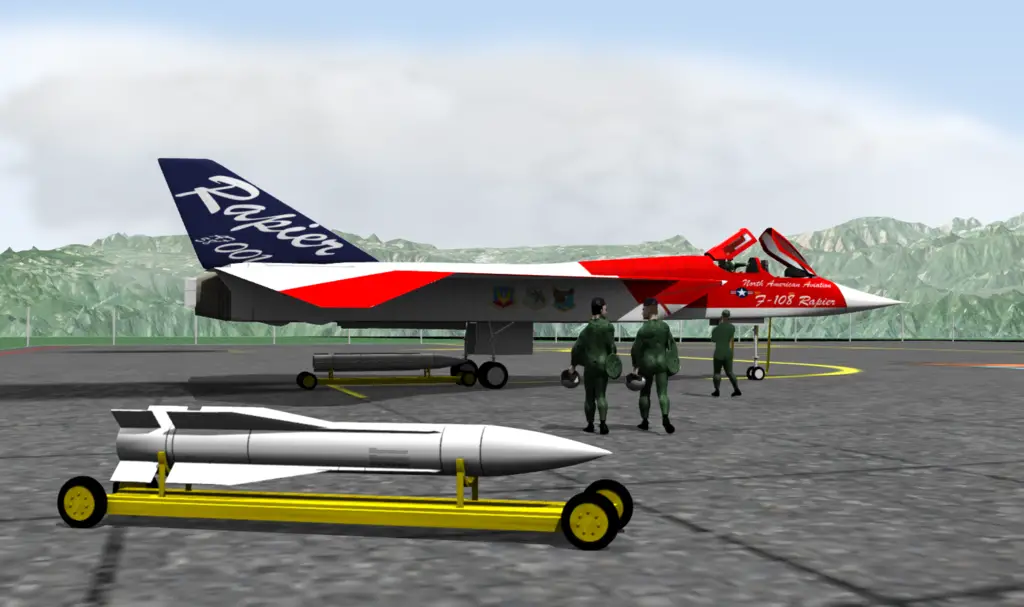
For armament, the XF-108 possessed three GAR-9 missiles. These had a range of about 100 miles at a speed of over 3,000 mph. In terms of its design, the Rapier was incredibly large relative to other aircraft at the time. At 27 metres long, the XF-108 was even longer than a B-17 Flying Fortress. As it was shaping up to be a truly deadly aircraft, and one of the most advanced of the era, it never got to fly, as it was one of the many victims of the intercontinental ballistic missile.
Cancellation
The Soviet Union and the United States had been developing intercontinental ballistic missiles (ICBMs) since the Second World War, having been heavily inspired by Germany’s V-2 rocket. ICBMs were simply better at delivering a nuclear weapon than bombers because they were easier to hide, able to reach their target within 30–40 minutes, and able to achieve supersonic speeds (around 4 miles per second) that rendered interception impossible.
With the R-7 missile launch in August 1957, the Soviets achieved their first successful ICBM. This moment immediately erased the need for interceptors as the bombers they were needed to intercept had become obsolete. The XF-108 program was cancelled just two years after the launch of the R-7 with only a mock-up ever being built.
The effort in the XF-108’s development wasn’t entirely wasted, though. North American managed to use much of what they had learned from the XF-108 in the carrier-based bomber, the A-5 Vigilante.

